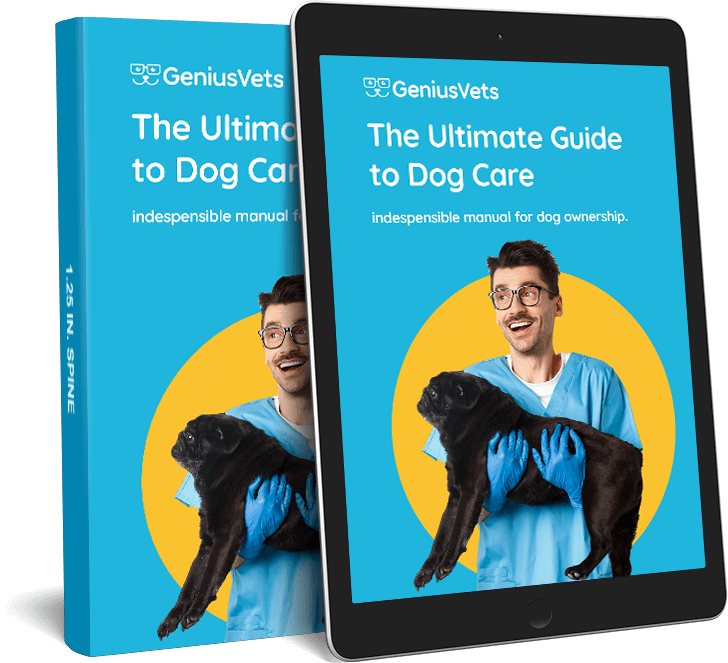Feeding a pet through an artificial tube might seem daunting, but fear not! The Esophagostomy Tube, or E-tube, provides a mess-free and effective solution for nourishing your sickly canine friend. Let’s shed light on the ease of this process, offering guidance for a seamless experience that keeps your pet comfortable and on the road to recovery.
Getting Started
Before embarking on the feeding journey, gather the essentials:
- A syringe filled with liquid food (warmed but not hot).
- A small cup of tepid water.
- Any prescribed medications.
Feeding Procedure
- Preparation: Warm the food by placing the syringe in tepid water until it reaches room or body temperature. Avoid microwaving to prevent hot spots.
- Tube Clearance: Flush the tube with 6 ccs of tepid water to ensure it's not clogged.
- Slow and Steady Feeding: Administer food slowly over several minutes for the pet's comfort. Follow with a 6-cc chaser of tepid water to clear the tube.
- Medication Administration: Liquid medicine can be given through the tube, but ensure it's cleared with 6 ccs of tepid water before and after each use. Avoid putting pills directly in the tube.
Aftercare
- Stoma Cleaning: Clean the tube entry point daily with a baby wipe or moist tissue to prevent discharge or crusting.
- Collar Comfort: Consider a special collar to keep the tube tidy and your pet comfortable.
- Digestion Time: Allow sufficient time for digestion between feedings, as per your veterinarian's feeding plan.
Troubleshooting
- Vomiting: If vomiting occurs, slow down the feeding process or warm the food to body temperature. Consult your veterinarian if issues persist.
- Tube Clog: Attempt to force 6 ccs of tepid water through the tube, or use a push-pull action with a syringe to clear the clog. Some suggest incubating cola soda in the tube overnight to dissolve a clog.
- Exit Site Issues: Crusting or pus at the tube exit site may occur. Clean the area with gauze or a moist tissue; infection is rare.
Tube Removal
Esophagostomy tubes can remain in place for months without replacement. When removal is necessary, your veterinarian can assist in snipping anchoring sutures and gently pulling out the tube. The healing process begins naturally.
Remember, if any questions arise about the tube or its care, your veterinarian is the best resource for guidance and assistance.
Don't have a vet in your area yet? We can help you find a local veterinarian.
If you have more questions, the GeniusVets Telehealth platform will give you unlimited access to text and/or video calls with board-certified veterinarians! To learn more click here.


